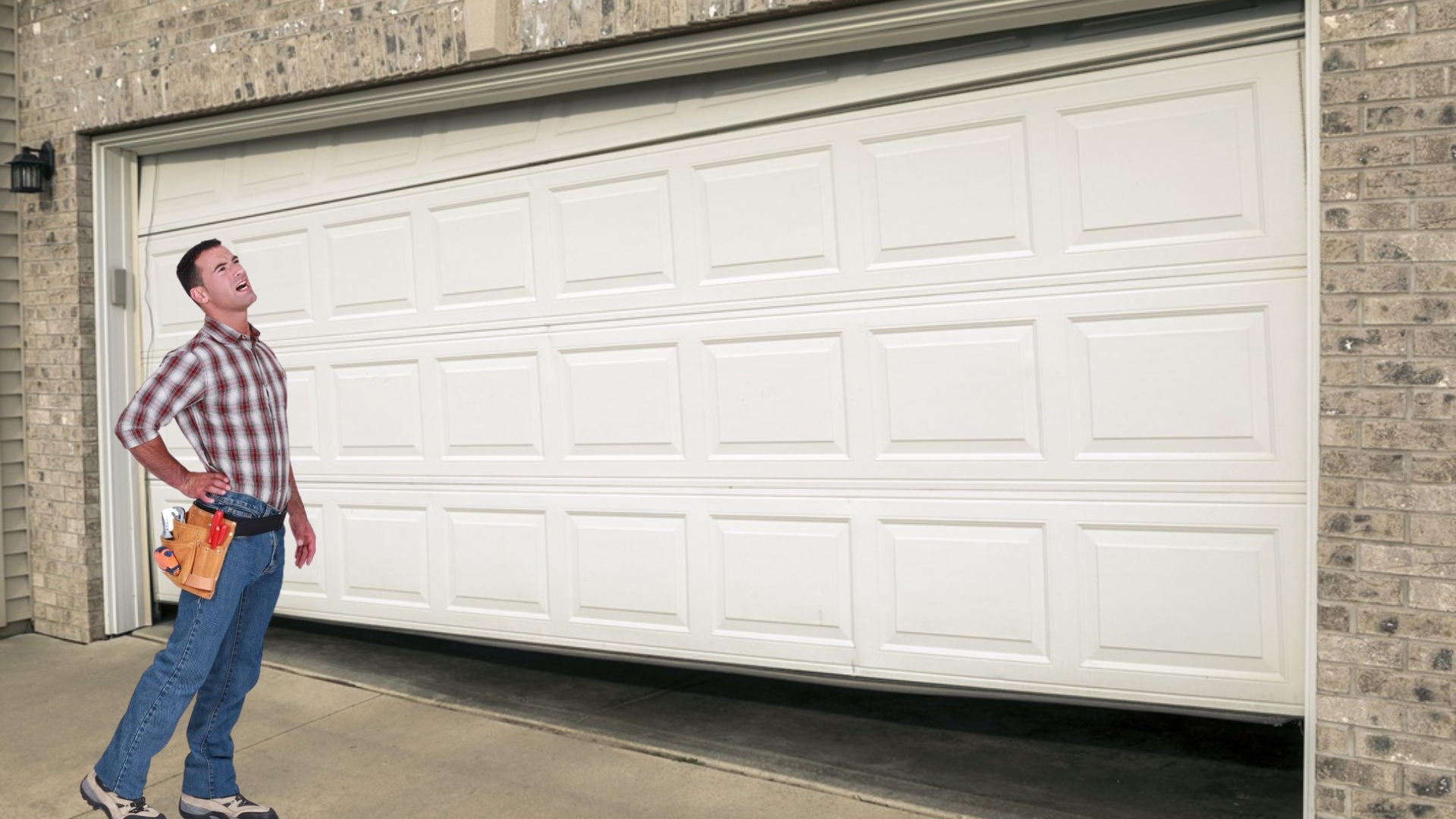
Garage Doors and Parts – Unbalanced Garage Door issues are more common than many homeowners realize. A garage door that sags, slams shut, or opens unevenly can signal a serious mechanical problem. These symptoms often stem from uneven tension in the springs or misalignment in the tracks. If left unchecked, it can affect the motor and shorten the door’s lifespan. A faulty door is not just a minor inconvenience, it can also be dangerous. Many injuries happen due to falling doors or sudden closures. Homeowners who rely heavily on their garage access must remain alert to any unusual door behavior. Strange noises during opening or slow movement can indicate imbalance. Early detection allows for safer DIY checks and less costly repairs. Proper understanding of how the system works gives you more control. Regular inspection becomes a habit once you understand the risks involved. Awareness is the first step to a secure home.
Unbalanced Garage Door signs are usually easy to detect if you know where to look. First, observe how the door moves. If it jerks, sags to one side, or moves slowly, the balance might be off. A simple balance test involves disconnecting the automatic opener and manually lifting the door halfway. If it stays in place, the balance is likely fine. If it falls or rises, the springs may be under too much or too little tension. A loud banging noise when the door shuts can be another red flag. Sometimes, wear and tear in the rollers or uneven cables can cause similar symptoms. Visual inspection around the springs and brackets can reveal signs of strain. Any visible gaps or rusted components may also contribute to the imbalance. Identifying the issue yourself helps you explain the situation more clearly if you later decide to call for help. Early detection reduces future risks.
“Read about: Avoid These Costly Mistakes When Installing Garage Doors in Apartments and Offices”
Dealing with an Unbalanced Garage Door does not always require professional intervention. Some minor issues can be resolved with careful adjustments. First, make sure the door tracks are clean and free from debris. Dirty or obstructed tracks can lead to uneven motion. Lubricate the moving parts, especially rollers, springs, and hinges using garage door lubricant. This improves smoothness and reduces strain on the system. Tighten any loose nuts or bolts, especially around the track and door frame. Test the door again after each fix to check for improvement. Always wear protective gloves and eye gear during maintenance. Avoid adjusting high-tension springs directly unless you are trained. They can snap unexpectedly and cause injury. For minor spring tension changes, many doors have adjustment bolts on the side. Make small turns and observe the result. These simple steps keep your door functional and reduce long-term costs. Fixing it yourself builds confidence and saves time.
“Read more: Make Authentic Japanese Sushi at Home Like a Pro Chef”
Not all Unbalanced Garage Door problems should be handled alone. Certain issues require tools and knowledge that only trained professionals possess. If the spring appears broken or the cables look frayed, call an expert. Unusual grinding noises may indicate motor issues that need deeper inspection. A garage door that will not open at all could have severe tension issues. Attempting to force it open may result in further damage or injury. Replacing extension springs or torsion springs without proper training is risky. In such cases, a technician can restore balance with calibrated tools and ensure safety standards are met. Delaying professional repair often leads to higher costs later. A well-maintained door improves both functionality and security. Regular professional checkups once a year help prevent these issues from building up. Trusting the right technician can extend your door’s life. Combine DIY care with expert help when needed for best results.
The best way to avoid Unbalanced Garage Door issues is through regular maintenance. Begin with monthly visual checks of the springs, cables, rollers, and brackets. Clean the tracks and remove any dust or obstruction. Apply lubricant to all moving parts, especially in changing weather. Test the balance of the door every few months using the manual lift method. Teach all household members to report unusual door behavior. Avoid slamming the door or letting it close too quickly. Upgrade old openers that lack modern safety sensors. These sensors help stop the door if something is in its path. Store heavier items away from the tracks or spring systems. Consider scheduling an annual checkup with a garage door technician. Preventive care saves money and ensures family safety. With the right knowledge and attention, garage door problems stay manageable. A balanced door means peace of mind every time you open or close it.
This website uses cookies.